Home>Ideas and Tips>Backyard Wildlife Pond Construction: Nature-Friendly Water Feature
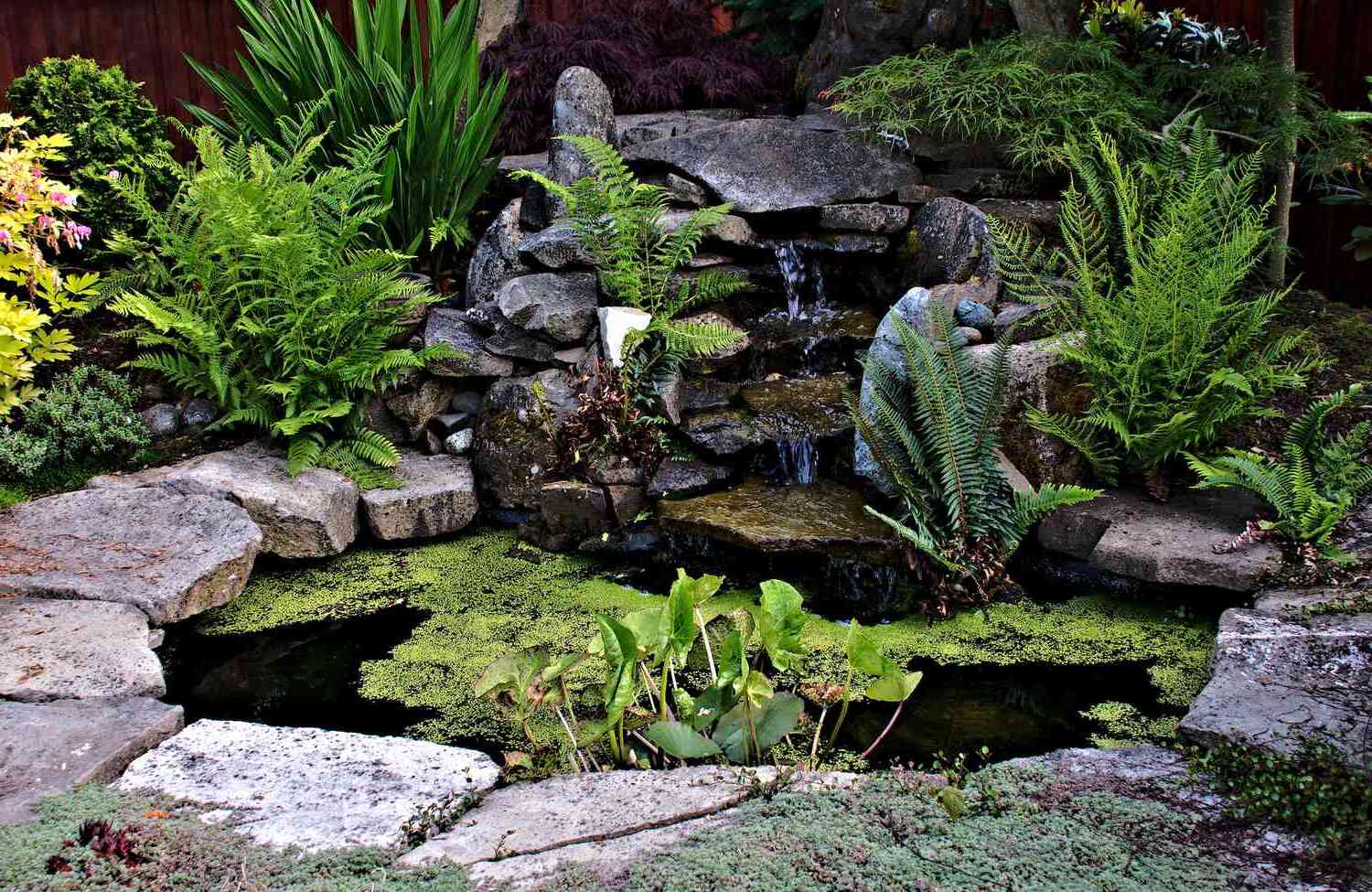

Ideas and Tips
Backyard Wildlife Pond Construction: Nature-Friendly Water Feature
Modified: November 1, 2024
Learn how to build a backyard wildlife pond to boost biodiversity and create a nature-friendly water feature with our step-by-step guide.
(Many of the links in this article redirect to a specific reviewed product. Your purchase of these products through affiliate links helps to generate commission for Storables.com, at no extra cost. Learn more)
Creating a backyard wildlife pond is an excellent way to enhance your garden's biodiversity and provide a natural habitat for various species of animals. These ponds are not only visually appealing but also serve as a vital source of water, food, and shelter for wildlife. In this article, we will guide you through the process of constructing a nature-friendly water feature that attracts and supports local wildlife.
Why Build a Wildlife Pond?
Building a wildlife pond is beneficial for several reasons. First off, it boosts biodiversity. A wildlife pond is a foundational element in creating a diverse and thriving ecosystem in your backyard. It provides a habitat for various species of plants and animals, contributing to the overall biodiversity of your garden.
Second, ponds attract a wide range of wildlife, including birds, frogs, dragonflies, and even small mammals. The presence of water and aquatic plants makes your garden an attractive spot for these creatures. Third, unlike ornamental ponds, wildlife ponds are designed to be low maintenance. They do not require constant upkeep or the use of chemicals to keep the water clean, which makes them ideal for those who want to create a natural habitat without much fuss.
Lastly, a wildlife pond offers endless educational opportunities for both children and adults. Observing the various species that inhabit the pond can be a fascinating and educational experience.
Read more: Building A Backyard Pond To Attract Wildlife
Choosing the Right Location
The location of your wildlife pond is crucial for its success. Here are some factors to consider when selecting the perfect spot:
-
Sunlight: Most aquatic plants require sunlight to thrive, so choose a location that receives partial to full sun. However, ensure that the pond is not in direct sunlight all day, as this can lead to excessive algae growth.
-
Drainage: The area should have good drainage to prevent waterlogging. Avoid areas where water tends to collect or where the soil is prone to becoming waterlogged.
-
Accessibility: The location should be easily accessible for maintenance and observation. However, it should also be safe for wildlife, avoiding areas where pets or other animals might disturb them.
-
Native Plants: Incorporate native plants around the pond to provide shelter and food for wildlife. These plants are more likely to attract local species and create a balanced ecosystem.
Designing Your Wildlife Pond
Designing your wildlife pond involves several key considerations to ensure it is both functional and aesthetically pleasing. Here are some tips:
-
Size: The size of your pond will depend on the space available in your garden. A smaller pond can still be effective, but larger ponds offer more habitat for a wider variety of species.
-
Depth: The depth of the pond is important for different species. A shallow area (about 8 inches deep) around the perimeter is ideal for small animals like frogs and dragonflies, while a deeper area (at least 3 feet deep) can support fish.
-
Shape: The shape of the pond can be naturalistic or geometric. A naturalistic shape with a gradual slope will make it easier for animals to get in and out of the water.
-
Materials: You can use natural materials like rocks, logs, and plants to create a naturalistic look. Alternatively, you can use a flexible pond liner if you prefer a more defined shape.
-
Beach or Ledge: Incorporating a beach or ledge into your pond design allows animals to easily access the water and provides a place for shallow-water aquatic plants to grow.
Building Your Wildlife Pond
Building a wildlife pond involves several steps:
1. Choosing and Preparing Your Location
- Rough Digging: Start by digging a rough outline of your pond. The size and shape will depend on your design.
- Leveling: Ensure that the edges are level to prevent water from accumulating unevenly.
- Smoothing: Smooth out the bottom and sides of the pond to prevent sharp edges that could harm animals.
2. Installing the Liner
- Newspaper Padding: To protect the liner from punctures, install newspaper padding around the edges.
- Liner Installation: Place the flexible pond liner inside the dug-out area, ensuring it covers the entire bottom and sides.
- Underlayment: Add an underlayment like synthetic carpet squares to protect against punctures.
- Overlayment: Consider adding an overlayment of carpet where large stones will be placed to protect the liner from above and below.
3. Filling with Soil, Rocks, and Water
- Soil and Rocks: Fill the bottom of the pond with soil and rocks to provide a natural environment for microorganisms to grow.
- Water Level: Fill the pond with water, ensuring that it reaches a level where it is deep enough for fish but shallow enough for small animals.
4. Adding Aquatic Plants
- Native Plants: Plant native aquatic plants around the perimeter of the pond to provide shelter and food for wildlife.
- Shallow Ledge: Create a shallow ledge around half of the pond's surface area using large stones and pebbles. This will support beneficial microorganisms that help keep the water clean.
5. Incorporating a Beach or Ledge
- Pebble Beach: Create a beach-like area with a sand or pebble bottom along the pond's edge. This makes it easier for wildlife to take a drink and provides an escape route if they fall into the water.
- Log or Branch: Place logs or branches into the pond to help creatures access deeper water and provide additional shelter.
Tips for Maintaining Your Wildlife Pond
Maintaining your wildlife pond is crucial for its health and the well-being of its inhabitants. Here are some tips:
-
Evaporation: Keep the water level topped off as it evaporates, especially in hot weather. You can use a two-gallon container filled with water that has had time to lose chlorine before adding it to the pond.
-
Mosquito Control: Mosquitoes are a common issue in ponds, but they are also part of the ecosystem. Instead of using mosquito dunks or larvicide, let natural predators like frogs, dragonfly larvae, bats, and birds control them.
-
Predators: Encourage predators like frogs and dragonflies by not using chemicals that might harm them. These predators help control mosquito populations naturally.
-
Planting Around the Pond: Planting native plants around the pond not only provides shelter but also helps maintain a balanced ecosystem by supporting beneficial microorganisms.
-
Avoid Overfeeding Fish: If you have fish in your pond, avoid overfeeding them as this can lead to excessive algae growth and poor water quality.
Examples of Wildlife-Friendly Water Features
There are several types of wildlife-friendly water features you can incorporate into your garden:
1. Shallow Drinking Hole
A shallow drinking hole is one of the simplest and most effective ways to attract wildlife to your garden. It requires a clay dish sunk into the ground with some sand at the bottom to prevent sharp objects from puncturing it. Planting small plants like heucheras or hostas around the dish provides cover for animals approaching the watering hole.
2. Backyard Waterfall
A waterfall is an excellent feature for wooded or rocky areas of your backyard. It can be built using larger stones and smaller pebbles of varying sizes and colors to create a visually stunning effect. A small water pump, filter, and re-circulating pipes are necessary for building a waterfall that attracts aquatic plants like lily pads and fish.
3. Small Pond with a Fountain
A small pond with a fountain is an easy way to attract wildlife by providing them with a source of water similar to what they find in the wild. Use a large plastic tub sunk into the ground filled with water and seat a solar-powered fountain in it for a calming and gentle noise of trickling water.
Conclusion
Creating a backyard wildlife pond is an excellent way to enhance your garden's biodiversity while providing a natural habitat for various species of animals. By following these steps and tips, you can create a nature-friendly water feature that attracts and supports local wildlife without much maintenance. Remember to choose the right location, design your pond thoughtfully, and maintain it naturally to ensure its success.
Incorporating these elements into your garden will not only make it more beautiful but also contribute significantly to the local ecosystem. So why wait? Start building your wildlife pond today and enjoy the wonders of nature right in your own backyard
Was this page helpful?
At Storables.com, we guarantee accurate and reliable information. Our content, validated by Expert Board Contributors, is crafted following stringent Editorial Policies. We're committed to providing you with well-researched, expert-backed insights for all your informational needs.
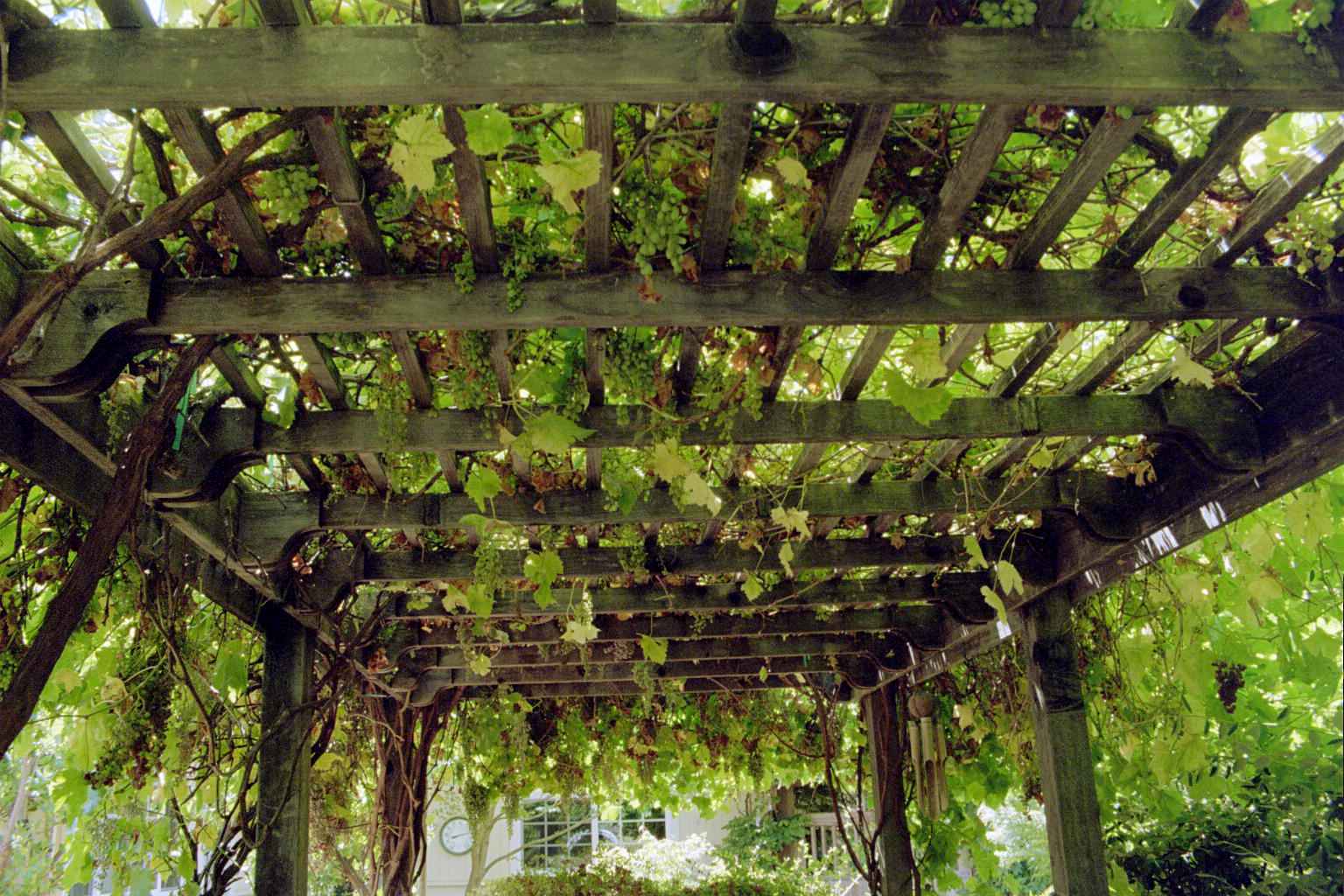
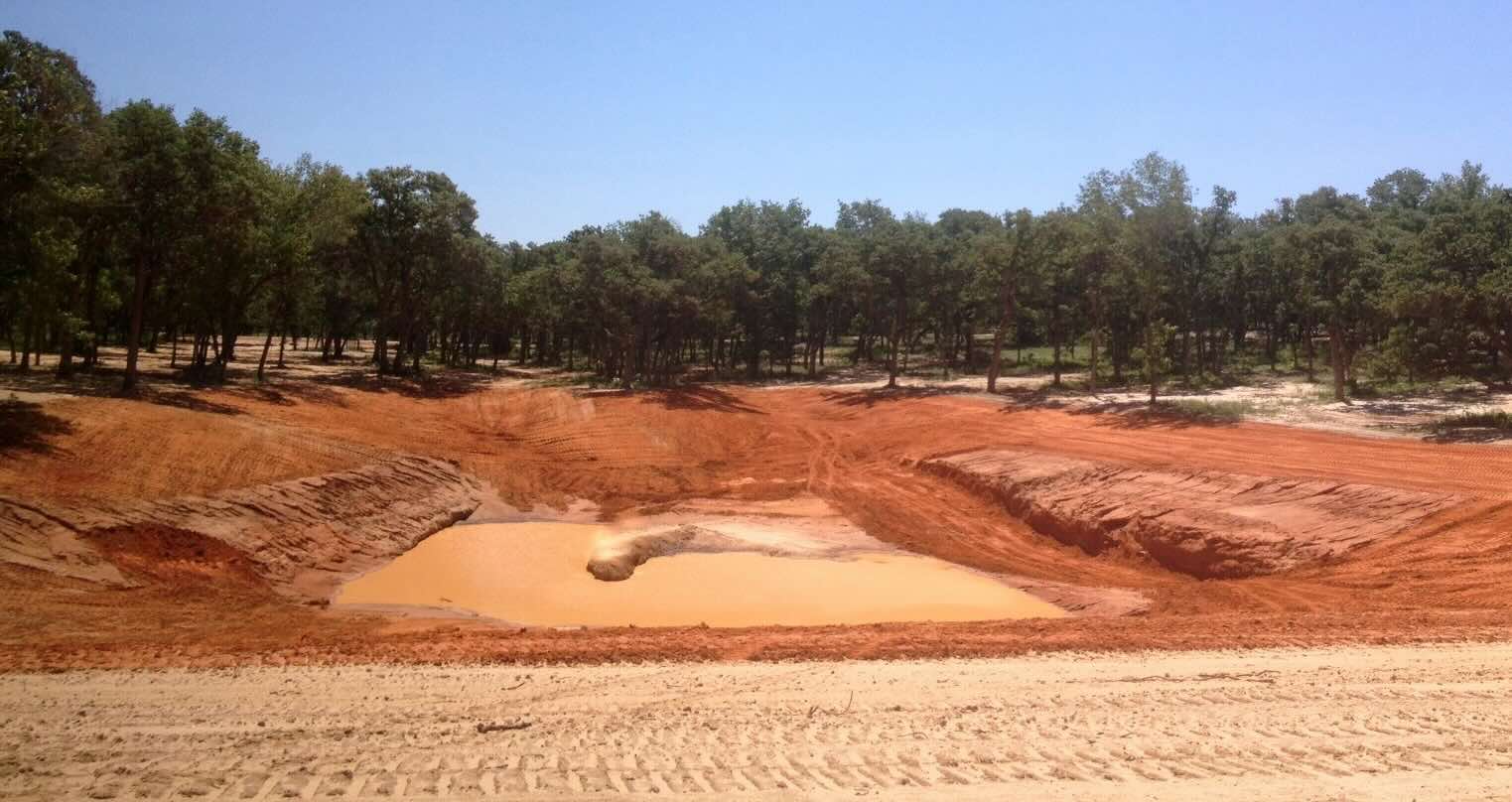
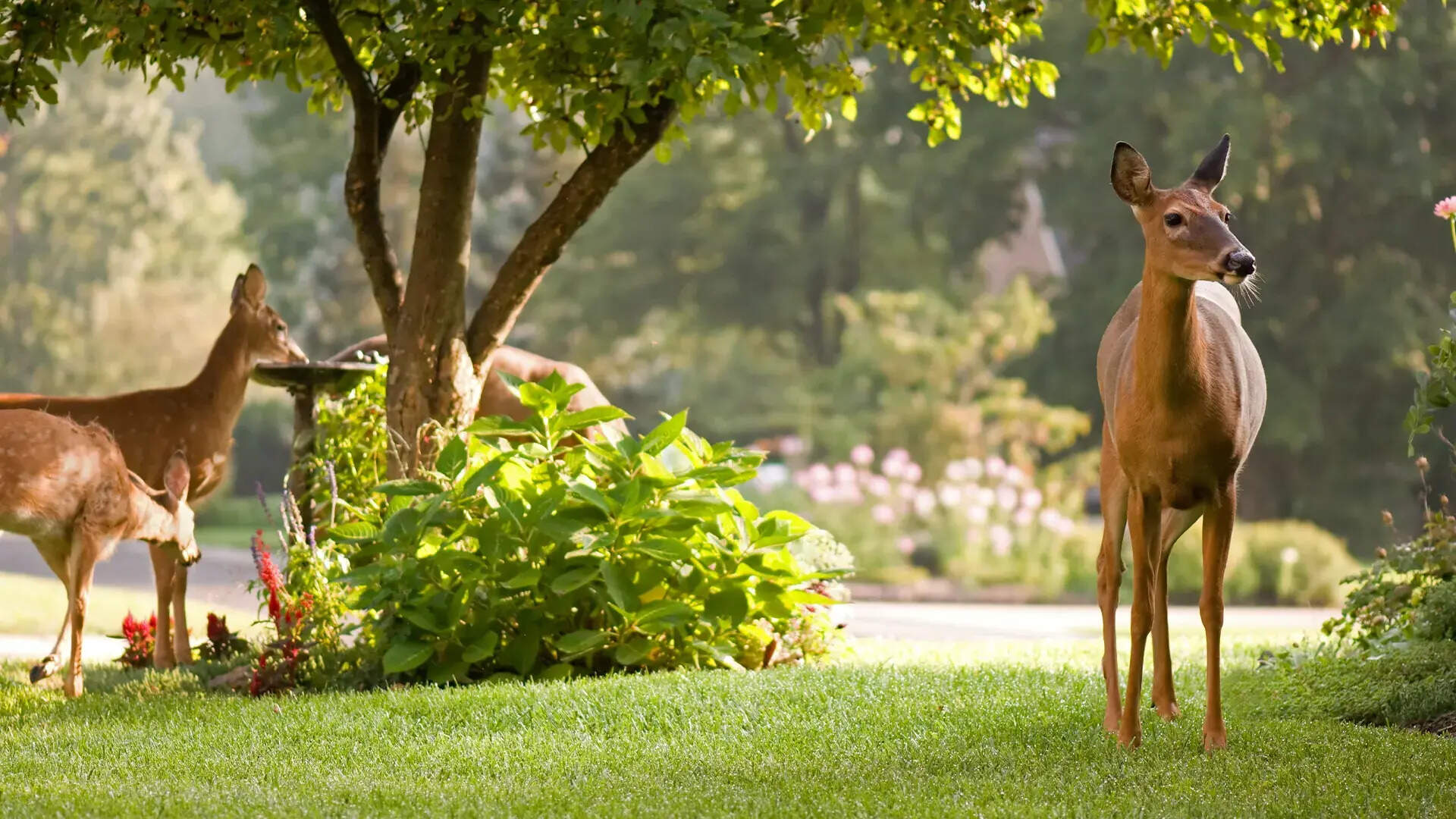
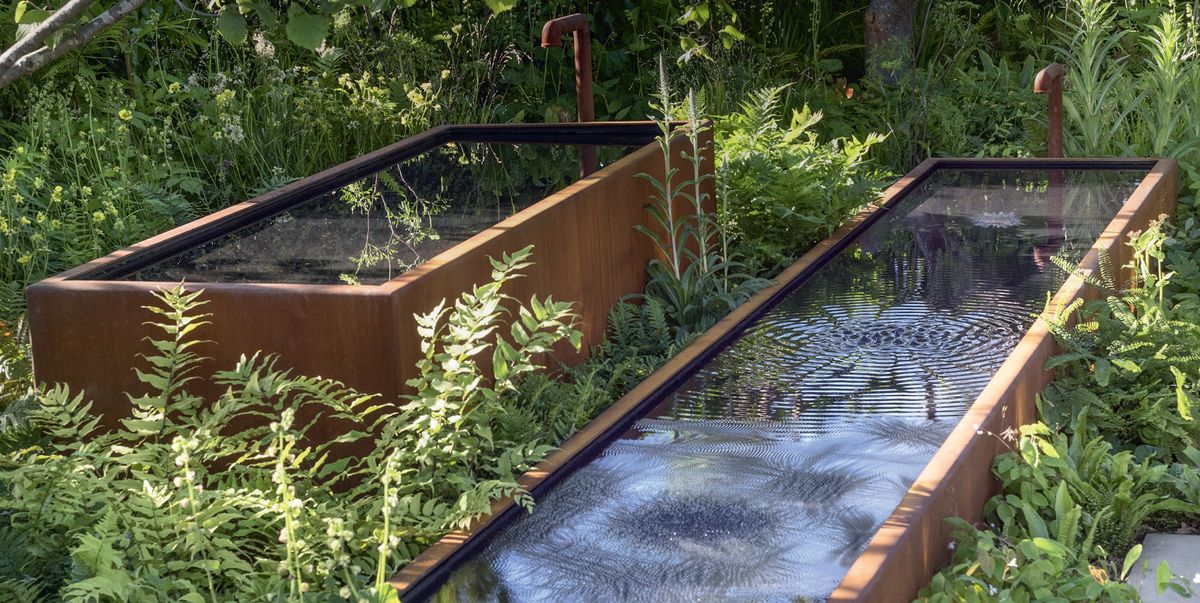
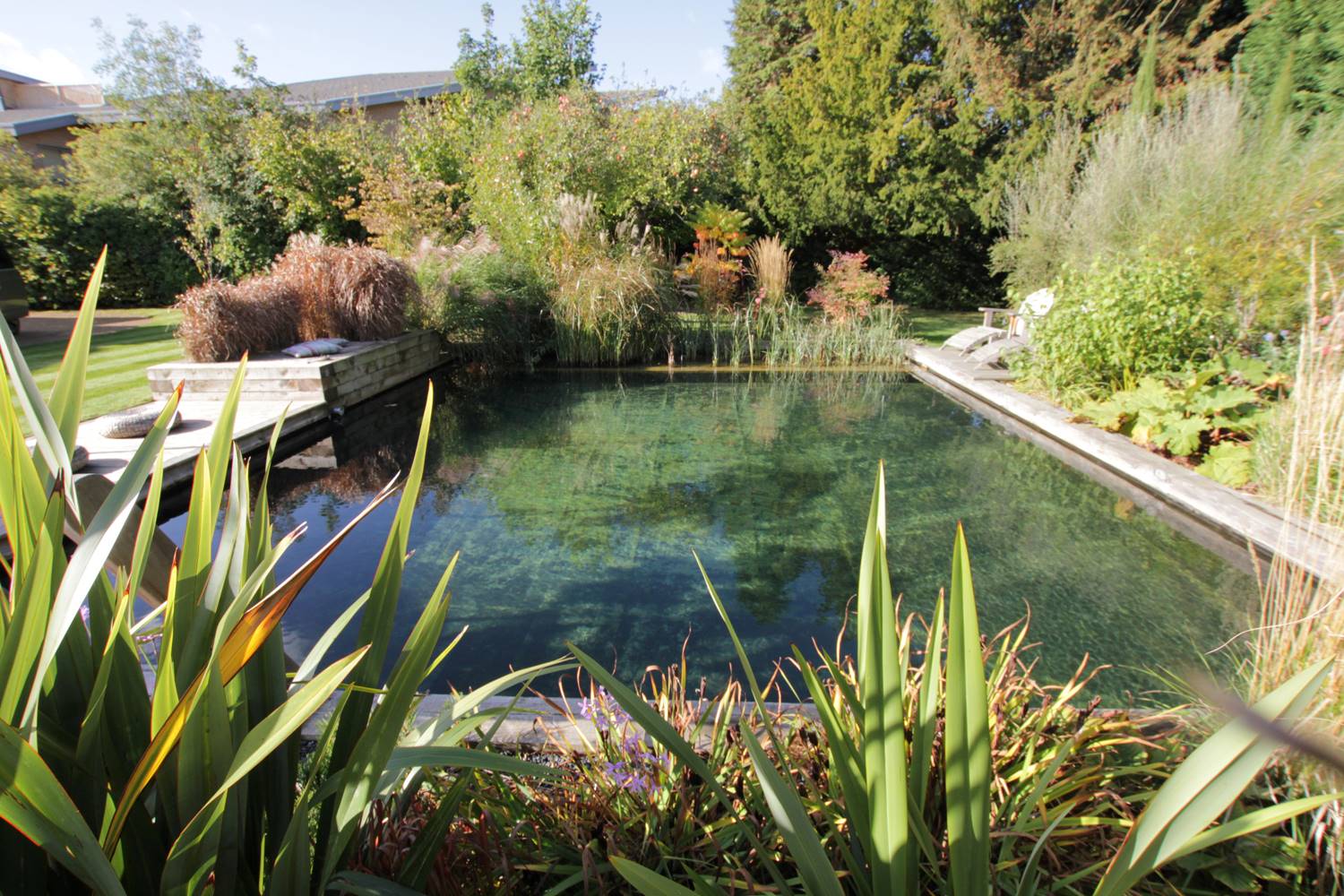
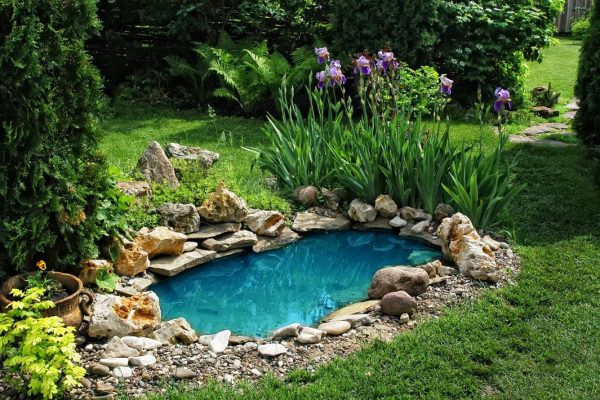
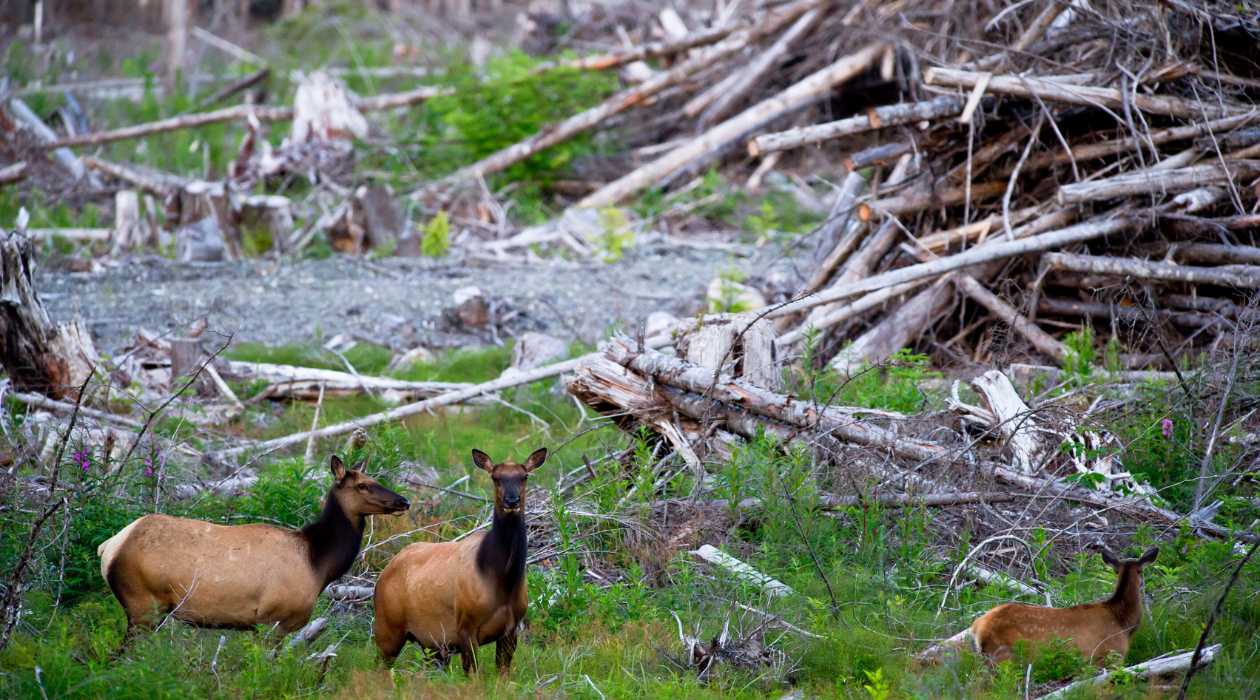
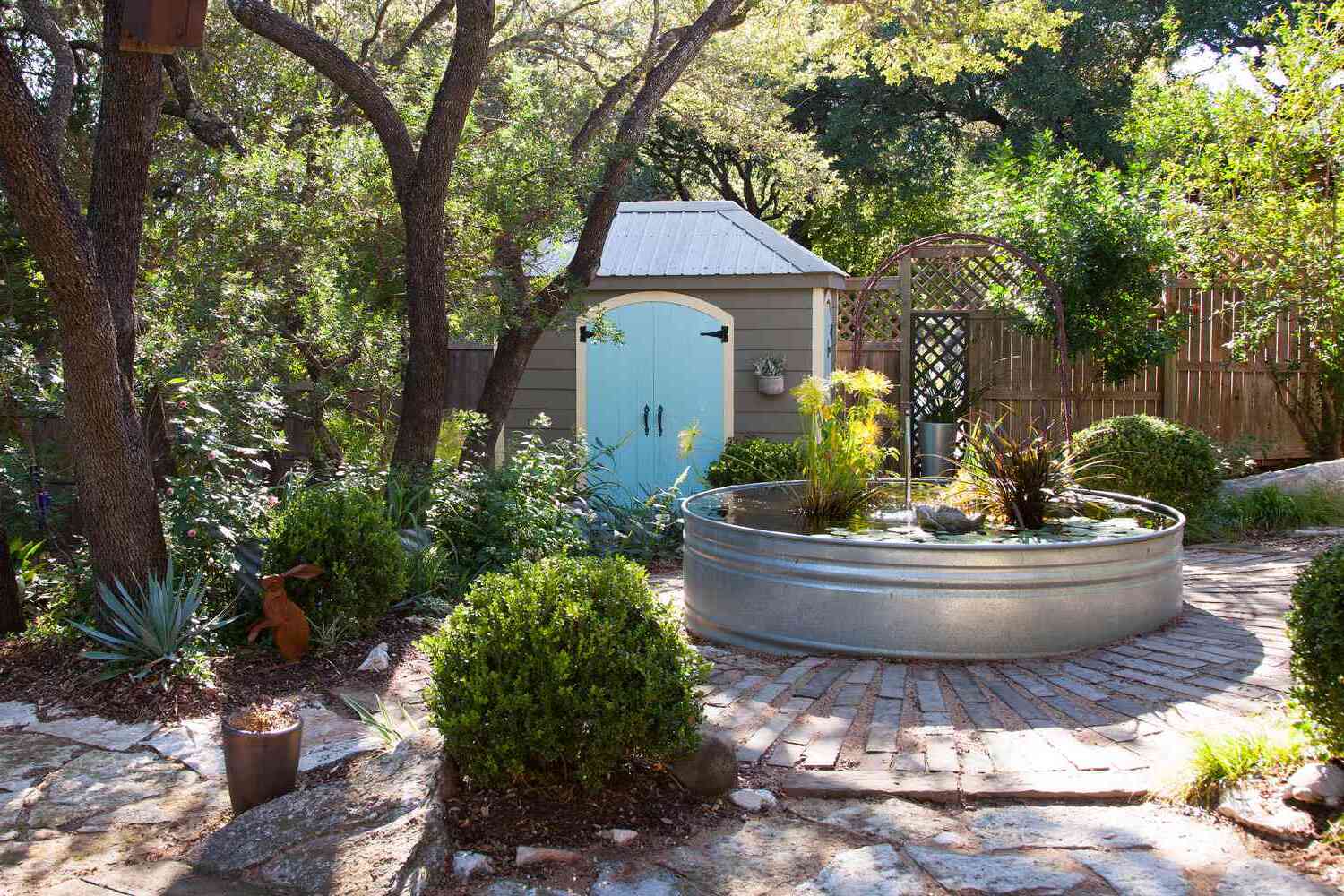
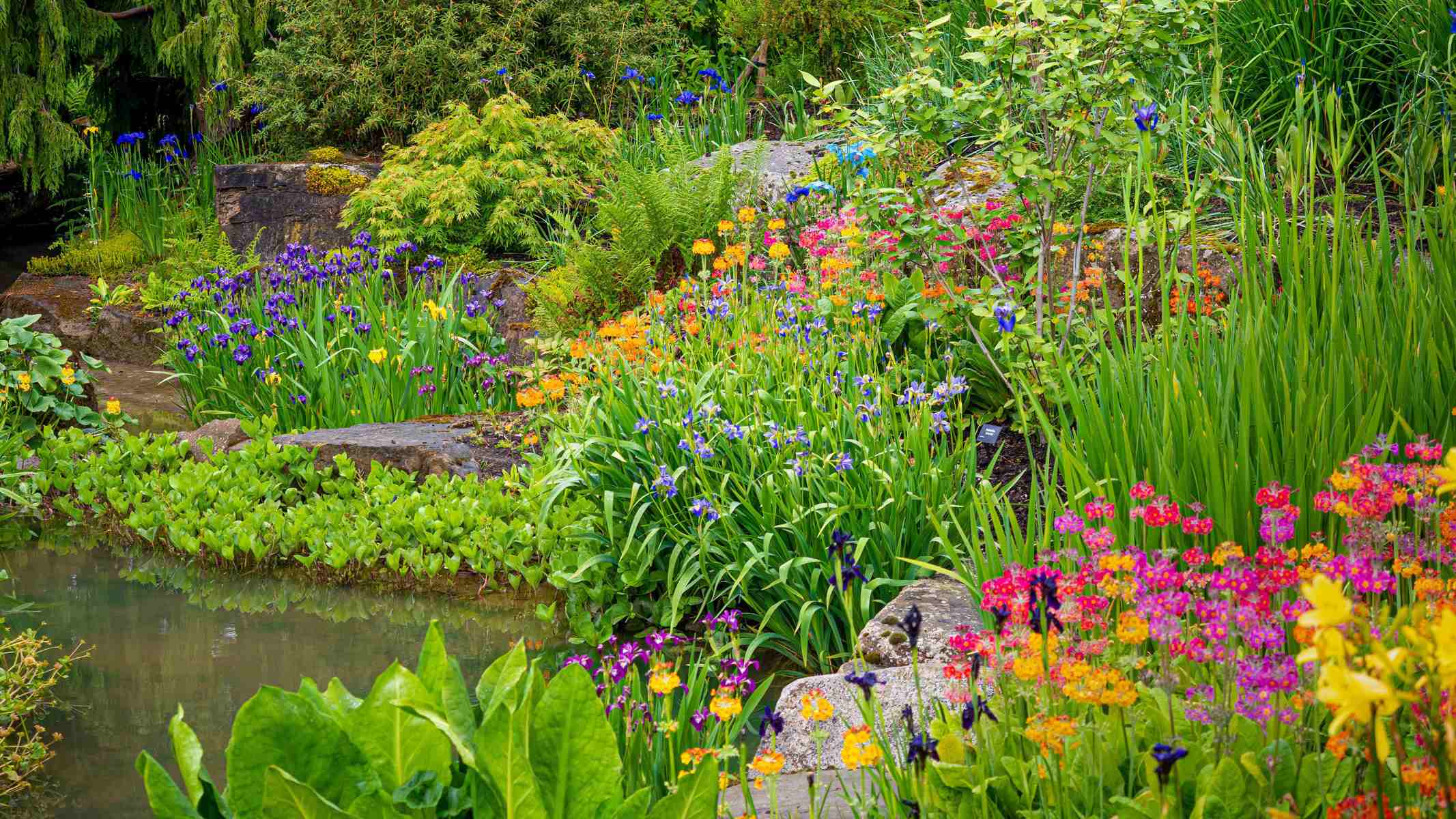
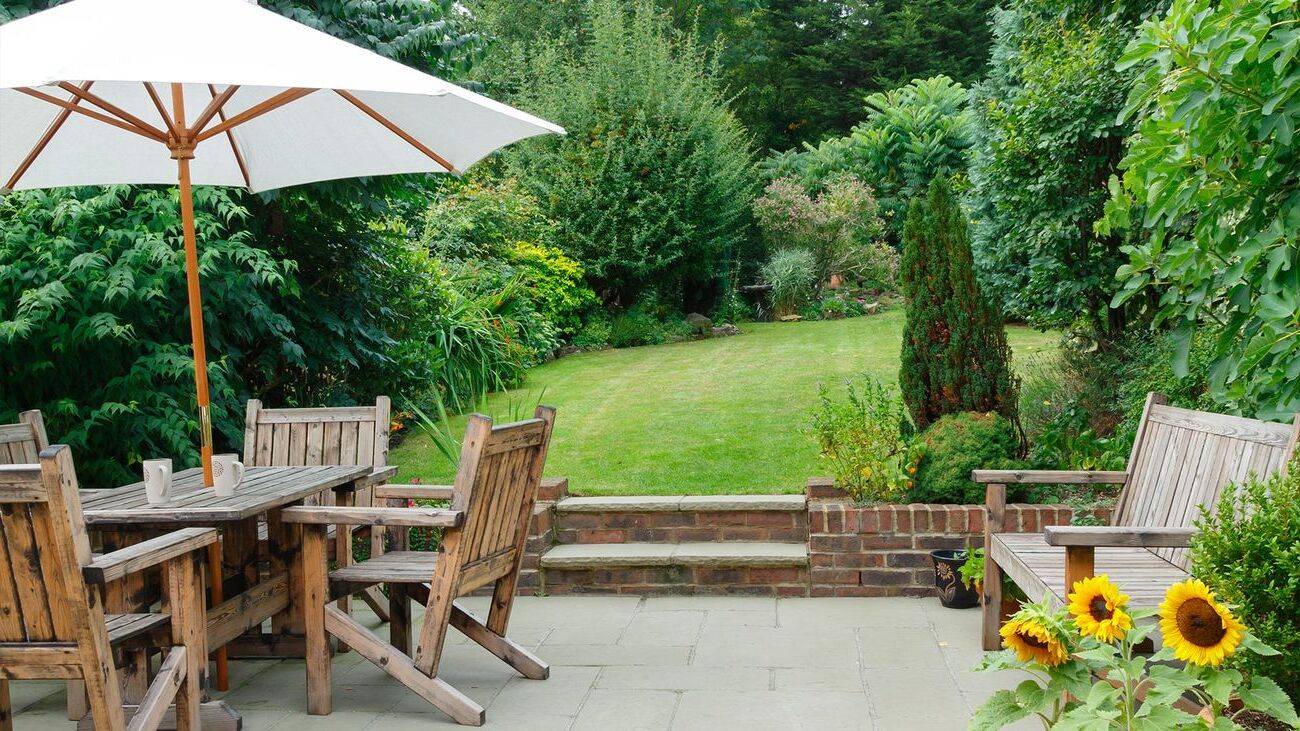
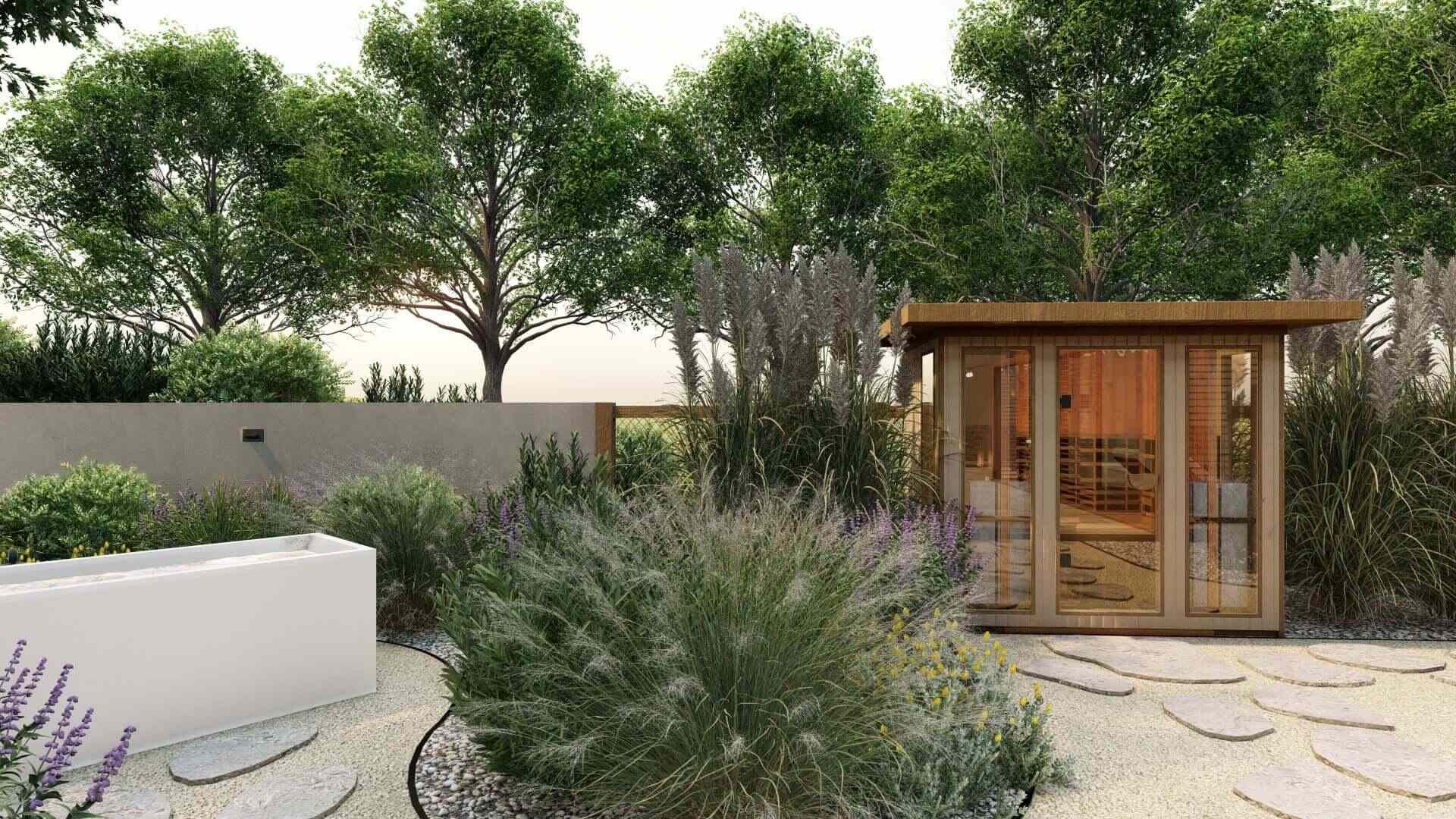
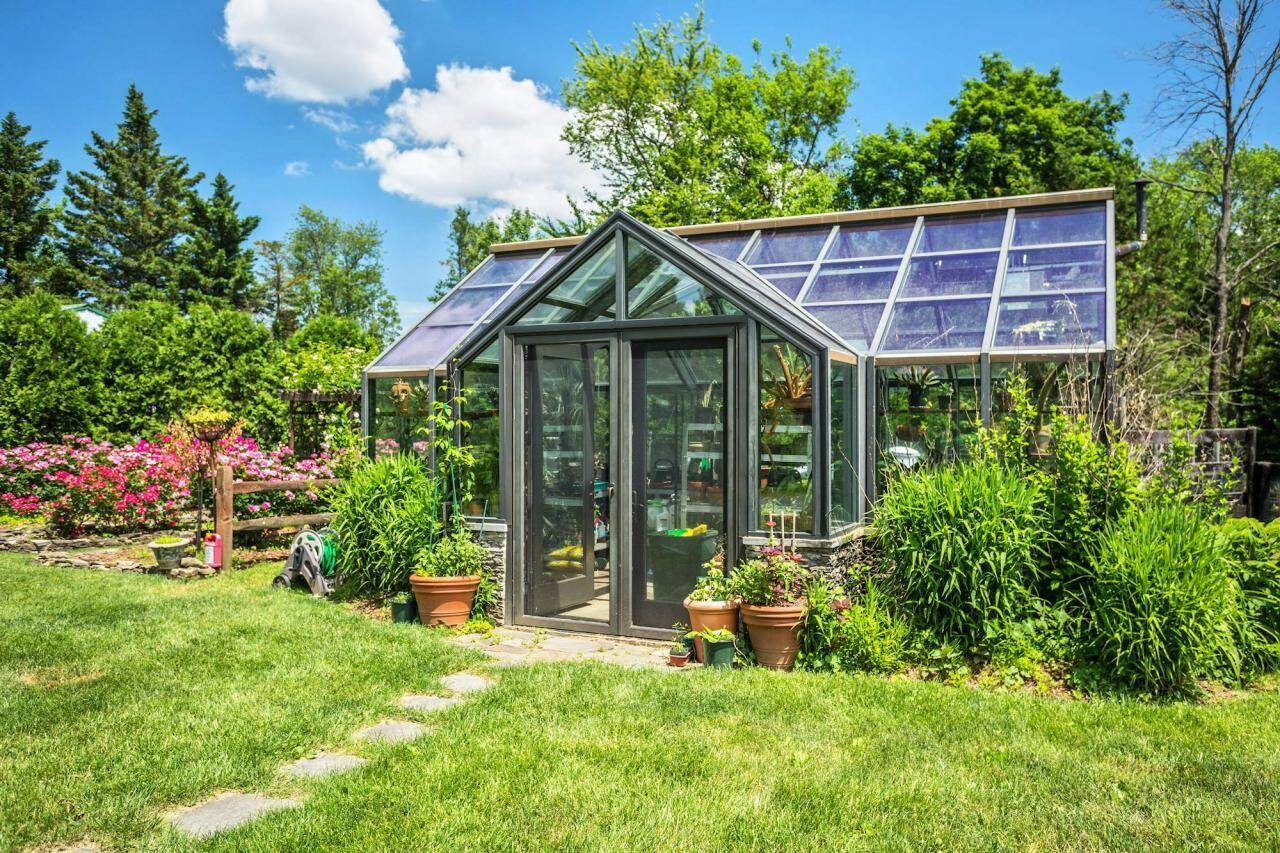

0 thoughts on “Backyard Wildlife Pond Construction: Nature-Friendly Water Feature”